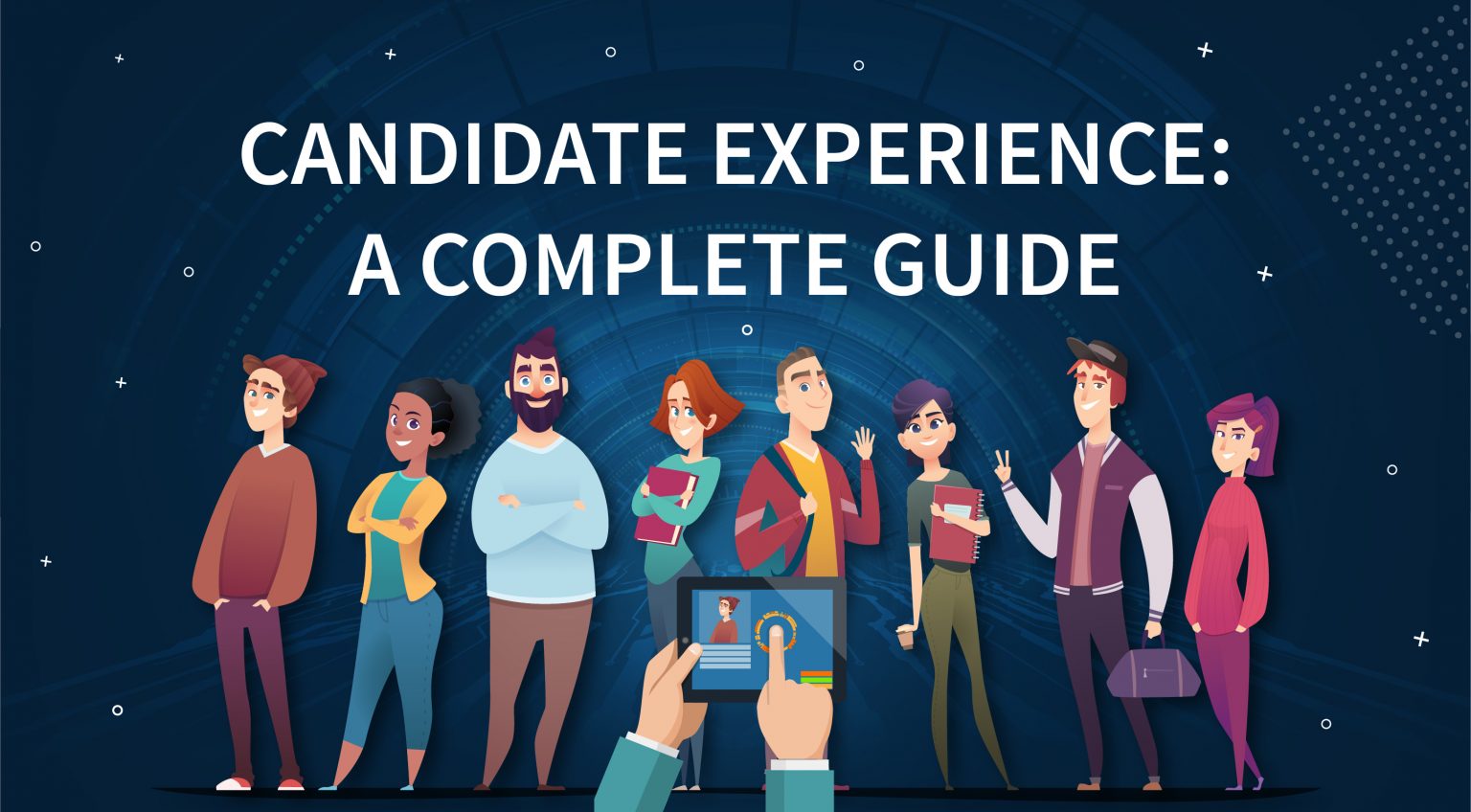“Candidate experience” is no longer a catchphrase but a full-blown area of focus under the talent acquisition umbrella that enormously affects an organization’s employer brand and its ability to attract top talent.
What is a Candidate Experience?
Candidate experience is the overall interaction of a candidate with an employer (organization) from pre-application to final point of rejection or job offer and onboarding, plus how candidates perceive and respond to those interactions.
Why Candidate Experience Matters?
Candidate Experience matters because all recruitment strategies revolve around attracting and engaging candidates. Be it negative or positive, recruiting experience has a profound impact on a candidate’s impression of a company. Evidently, an interactive, personalized and modern recruiting experience helps to increase your talent pool and polishes your organization’s image as an employer.
Let’s face it: candidate experience begins even before a candidate applies for a job.
In a survey conducted by IBM, 48% of the respondents indicated they had previous interactions or relationships with the hiring organization before they applied for a job. These interactions included basic awareness of the company’s brand reputation, having friends and family working at the organization and being a customer or an ex-employee. It is not surprising, only two percent candidates revealed they had a negative image of the organization before they applied for a job.
Reap Colossal Rewards from a Positive Candidate Experience
Here are 5 top benefits of a positive candidate experience
- No Burnt Bridges
- A Strong Employer Brand
- Reduced Time-to-Hire
- Improved Quality of Hires
- Bottom-line Growth
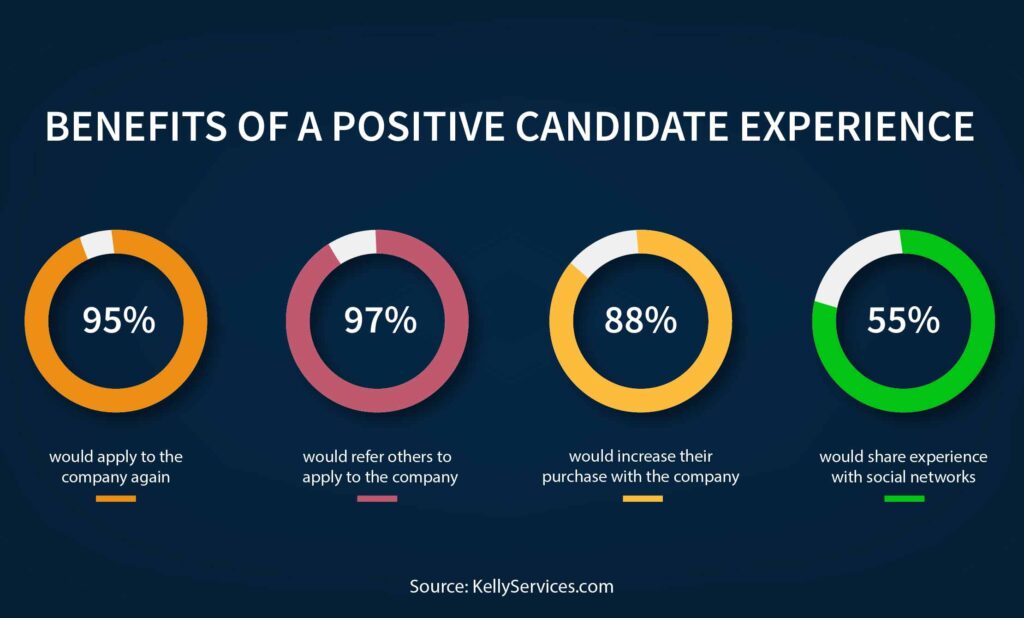
No burnt bridges
The way your organization sends out rejection letters plays a significant role in the kind of the candidate experience you create. So, you need to make sure your rejection doesn’t leave a foul taste in a job seeker’s mouth. If you break the news of rejection poorly, many candidates may be so turned off that they never apply to your company again. However, rejecting candidates who you don’t want to go ahead with is equally important because not all employers bother to respond to applications that fail to make the first cut.
As a matter of fact, 46% of job candidates in North America reported there was no response from hiring managers for at least two months after they applied for a job. Overlooking simple things like periodic touch points or even a prompt rejection note discourages potential new job seekers, adversely affects a company’s reputation, and even distances that company’s customers over time. Plus, the dismayed candidate is also likely to share their disappointment with friends and family.
A stronger employer brand
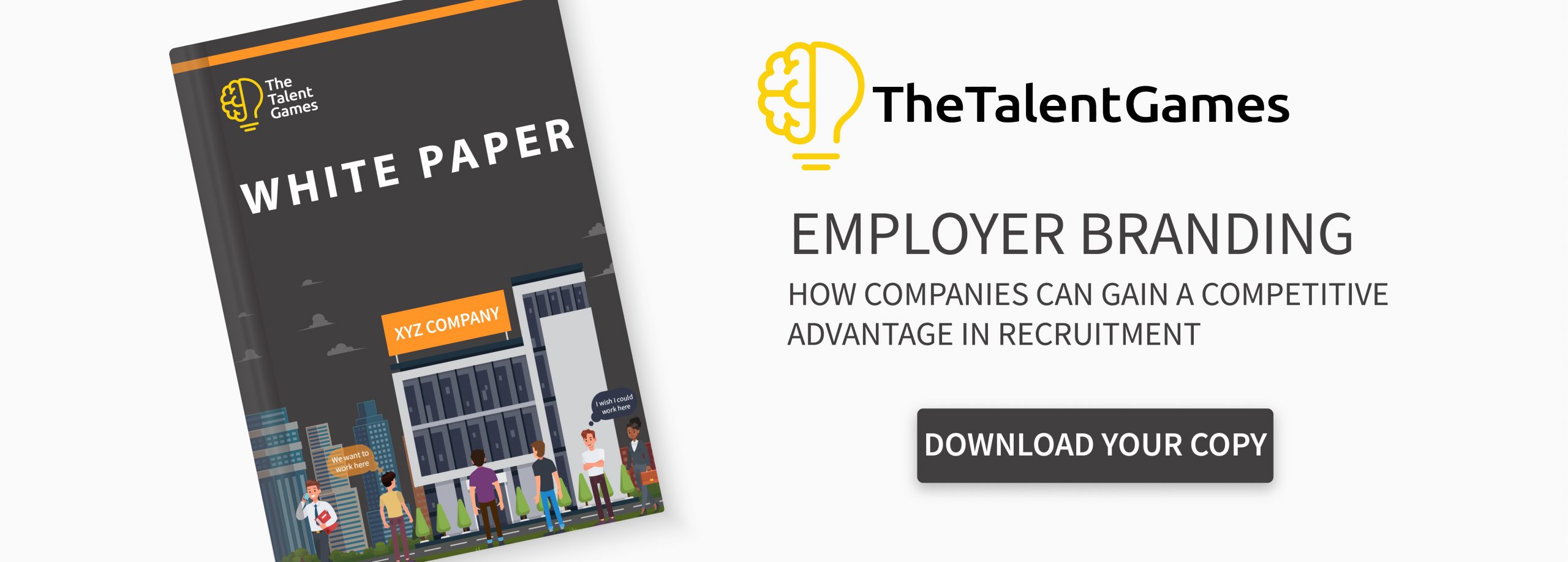
The recruitment process gives candidates an insight into a day in the life at your company. In point of fact, a great number of candidates believe that the way they are treated during the hiring process speaks volumes about how they will treated once they become a part of your company.
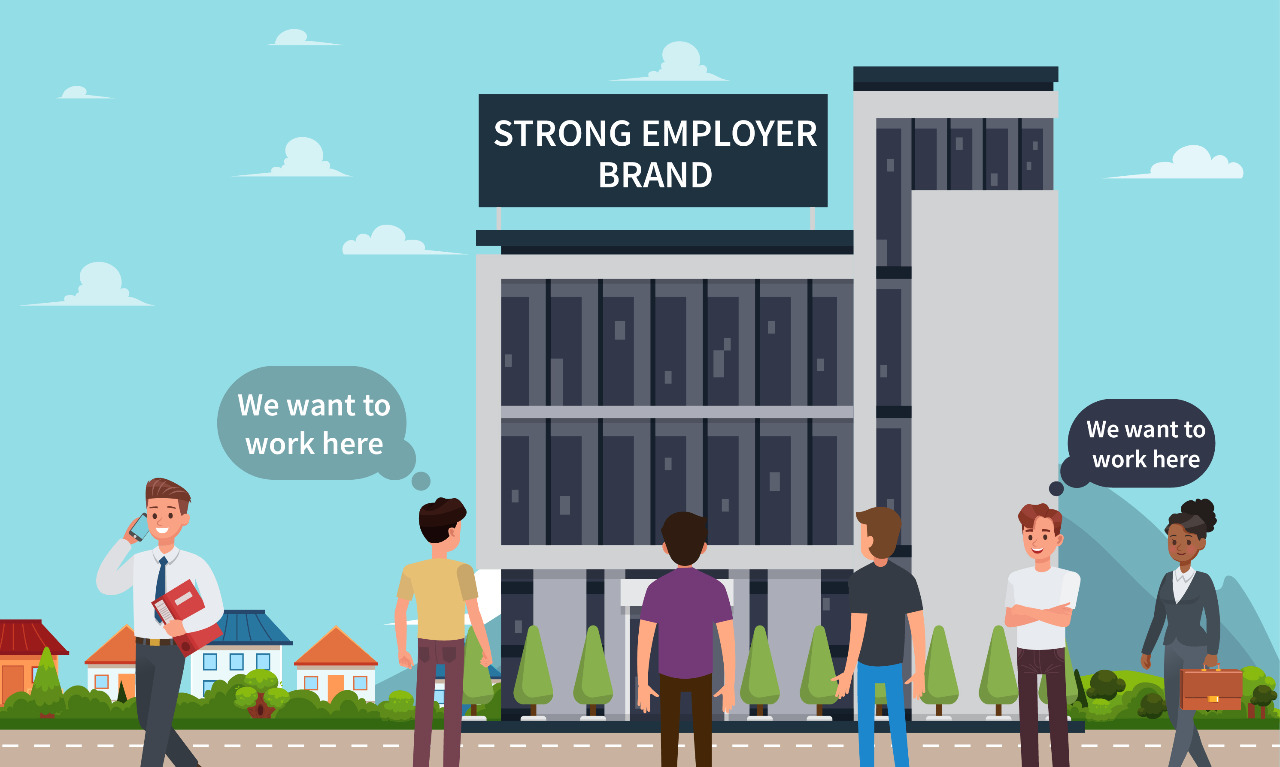
So, while the employer evaluates a potential candidate, the candidate evaluates the company. A positive candidate experience helps bolster your employer brand and pushes it to new heights. Factors like response time and streamline processes indicate the competence and productivity of your in-house team. On the flip side, a complicated application procedure and long communication gaps could impinge on the candidates.
Reduced time-to-hire
Research shows that recruiters have around 10 days before their most qualified candidates volatilize from the job market. With a streamlined and easy application process that improves the candidate experience, your company can jump up to the top of a busy active job seeker’s list. Plus, this proves mutually beneficial to both the job seeker and the employer.
By creating a user-friendly application, talent acquisition managers can better ensure that applicants make it to the submission checkpoint, keeping applicants engaged and your hiring on track.
Improved quality of hires
Offering a remarkable candidate experience is also essential to leave a great first impression on top-tier talent, which can ultimately help you source the best applicants before your competitors do.
For instance, by using gamified assessments in its recruitment process, a company can position itself as a digital innovator, fully engage candidates and evaluate them on different competencies while adding the element of fun.
Bottom-line growth
A good candidate experience is a marketing tool that drives referrals and enhances your employer brand even if the candidates aren’t ultimately hired. And the kind of loyalty achieved by getting it right is something that isn’t easily achievable through other interactions.
A survey conducted by Harris Interactive across 3,991 workers in full-time employment demonstrated a negative application experience can dramatically impact an employer’s ability to recruit or sell products:
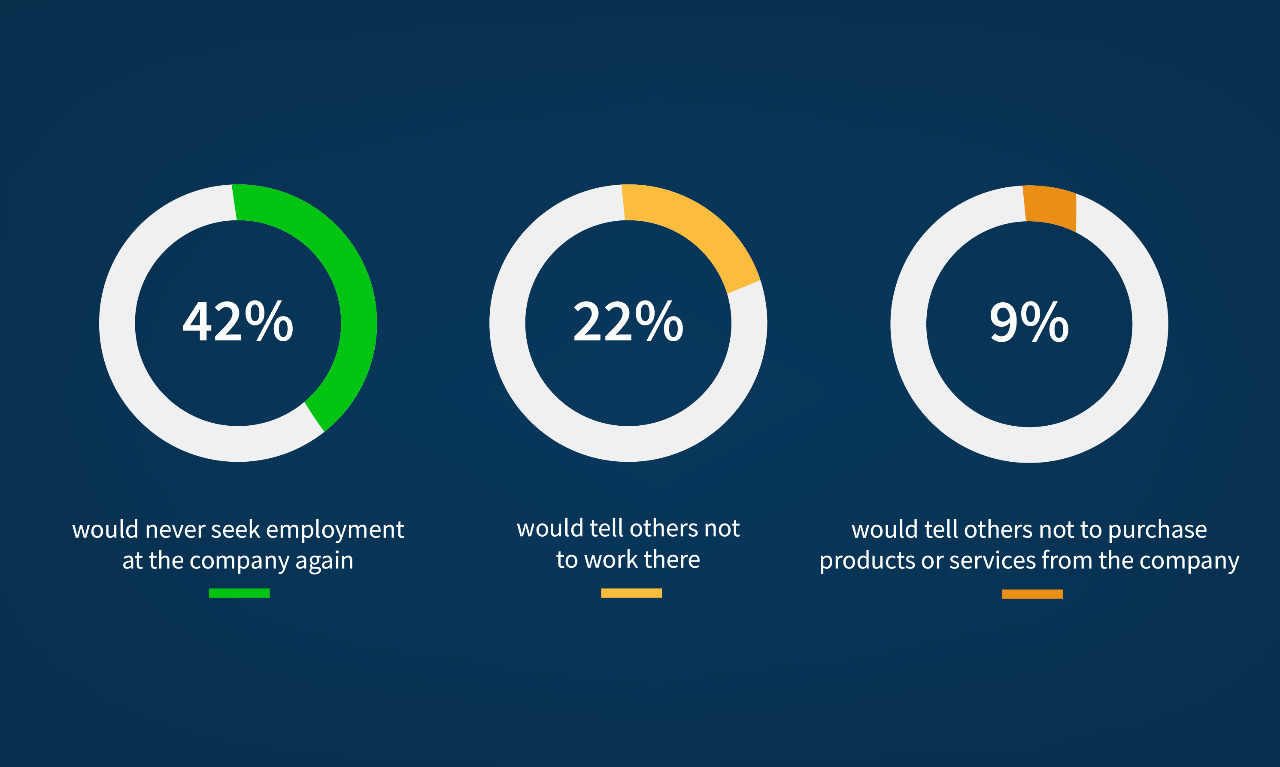
Likewise, Virgin Media undertook their own research on the impact of candidate experience and obtained jaw-dropping results. Virgin Media discovered that 18% of its candidates were also its customers. And due to poor brand experience as a candidate, approximately 7,500 of Virgin Media applicants switched to a direct competitor, which lead to almost £4.5m in lost revenue.
Improving the candidate experience is thus a process of small improvements and marginal gains that end up making a significant difference over time.
Recruiting Hacks: Enriching the Candidate Experience with Technology
The shortage of skilled candidates is an ongoing problem which makes finding, attracting and retaining competent people a laborious task for hiring managers. About 83% of HR professionals say they face the challenge of sourcing suitable job candidates.
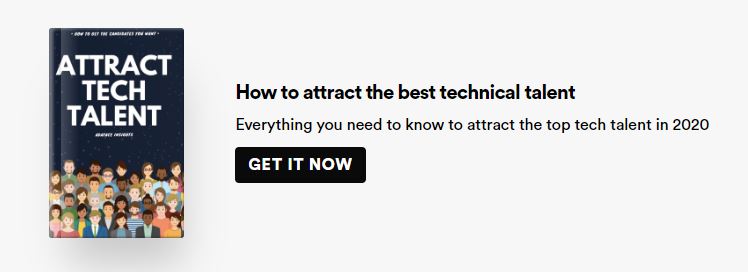
This is primarily because applicants expect a good experience in all aspects of their lives; if they don’t get one, they move on – onto a new technology with better features, onto a new store with much better customer experience and onto a new job opportunity that promises a better candidate experience.
Talent acquisition managers have recognized the fact that creating a meaningful candidate experience begins with adopting a technology-first approach. Let’s look at some ways employers can smartly use technology to deliver a memorable candidate experience.
• A Mobile-Friendly Candidate Experience
According to a study conducted by Indeed, 78 percent of millennials, 73 percent of Generation Xers and 57 percent of Baby Boomers use their mobile phones when hunting for a job. This goes to show that companies wanting to improve their candidate experience need to create a mobile-friendly recruiting environment for candidates.
• Gamified Assessments
Recruitment games or gamified assessments provide an exciting and stress-free experience to candidates with game simulation, all the while evaluating their cognitive and critical thinking abilities, personality traits and problem-solving skills. Gamified assessments also eliminate unconscious bias that may be favourable or detrimental to a candidate, providing a level playing field to all candidates, which in turn improves the overall candid ate experience. The best part is, employers can tailor recruitment games according to their specific needs.
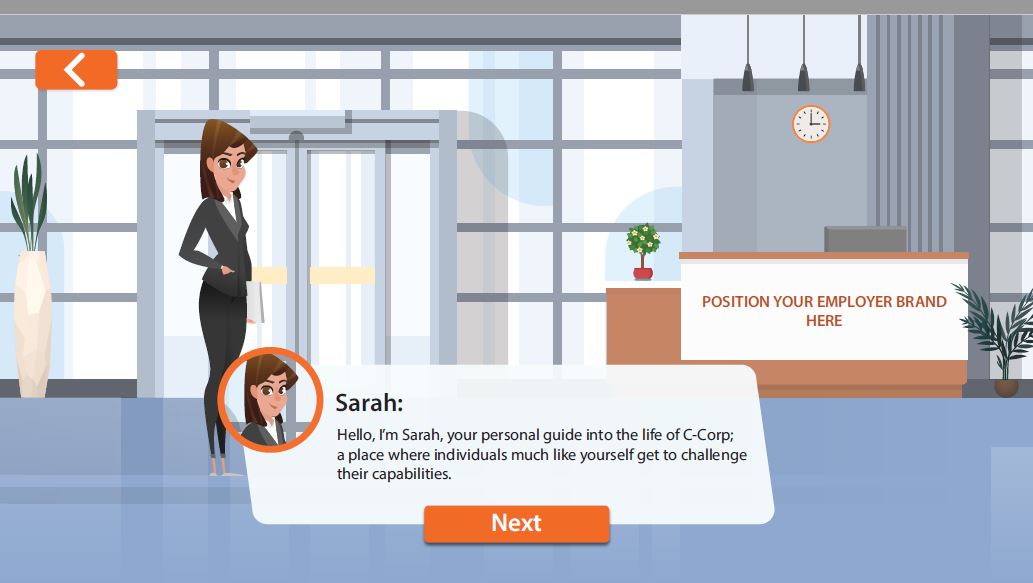
• Clear Communication
In order to develop a positive candidate experience, it is essential to establish timely and clear communication between candidates. Recruiters may use a technology platform that will allow them to send automated messages to candidates through email or text messages. Apart from that, they can use chatbot technology to make job seekers aware of their application status.
Crafting personalized messages is also a good idea to inform candidates whether they landed the job or not. While rejections are never pleasant, receiving immediate feedback communicates that the company respected their time and application.
• Social Recruitment Marketing
Revamping the candidate experience necessitates reaching candidates where they are. And since social media surfing is one of the most popular activities that users indulge in, companies need to reach out to their potential employees through this channel.

In fact, in Social Talent’s 2016 Global Recruiting Survey, 37% of survey respondents said that social media is the primary source of finding candidates. Recruiters, therefore, should shift towards a digital hiring model and discard the manual resume sifting process.
Companies with Top-of-the-Line Candidate Experience
In the current candidate-driven market, employers seeking to source top talent need to prove to the job seekers why they should become a part of their company.
Here are some innovative candidate experience examples that gave companies an edge over their competitors:
• Airbnb
When working towards revamping its candidate experience, hiring managers at Airbnb decided to follow an approach that had worked pretty well for its other departments. The team used storyboards to conceptualize the entire candidate journey.
An Airbnb Recruiting blog states:
“Our Core Value ‘Every Frame Matters’ is a testament to storyboards. Our founders enlisted an artist to help us visualize both the host and guest experience on Airbnb, and we use these frames to think about how we can simplify, streamline, and improve the experience. We’ve applied this method to the interview process and we share these frames because they represent how we think about recruiting: each frame is meaningful and unique as a standalone, and yet when we consider them as a whole, they comprise a holistic picture that’s greater than the sum of its parts.”
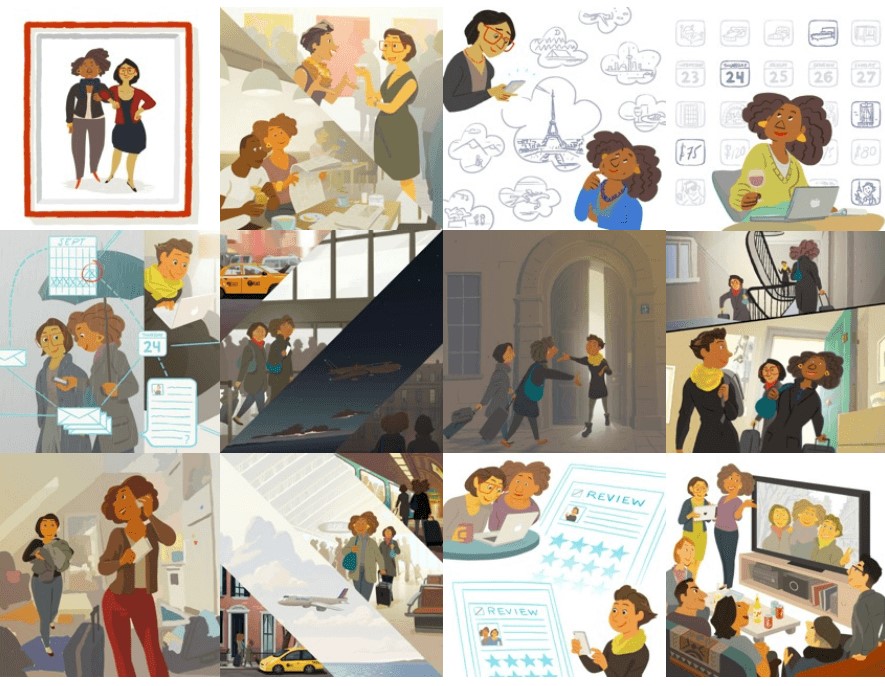
By empathizing with its candidates, Airbnb managed to identify several areas it could improve upon, including how to set expectations about timings, gracefully reject candidates and celebrate the employer brand and the company culture through communicating effectively.
• Children’s Mercy Hospital
The job descriptions given by Children’s Mercy Hospital in Kansas City were replete with medical jargon, and thus off-putting. This was the reason why the hospital received a great deal of applications (more than 31,000 in one year for just 1,552 open positions), but the application dropout rate was 40%.
To prevent losing talented applicants, in October 2015 the recruiting team launched the Introduce Yourself program that allows candidates to record a short video interview in order to explain why they would want to work for the organization. HR managers would then review videos and recommend roles that seem like a good fit.
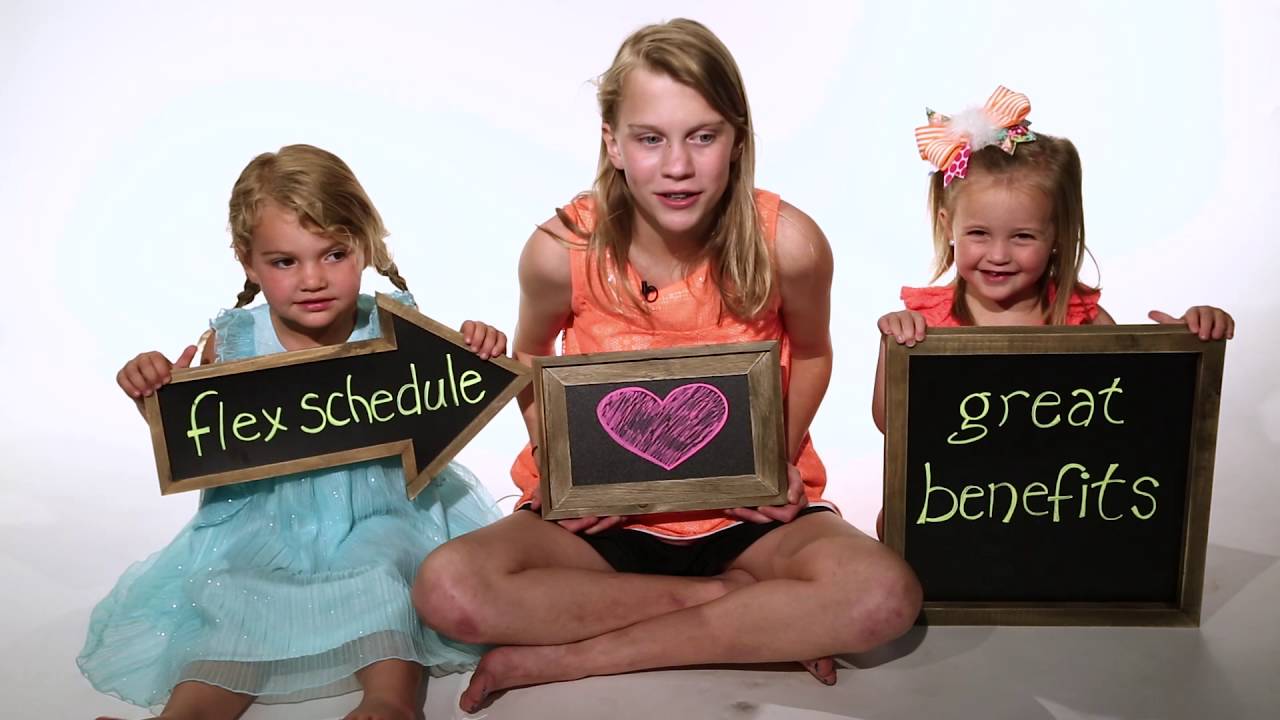
What stands out about the application process is, the questions are asked by children, not recruiters, which reinforces the hospital’s mission i.e. always putting kids first.
The program has been massively popular. This unique way of hiring has not only enhanced the candidate experience, it has also led to a 20% increase in the diversity rank among employees.
Nestlé East and Southern Africa Region (ESAR)
As a multinational food and drink processing conglomerate corporation, Nestle is always on the lookout for exceptional millennial talent. In June 2019, Nestlé East and Southern Africa Region (ESAR) turned its Facebook page into a recruiting channel for its Future Talent Graduate Development Programme, inviting them to register for their gamified talent assessment.
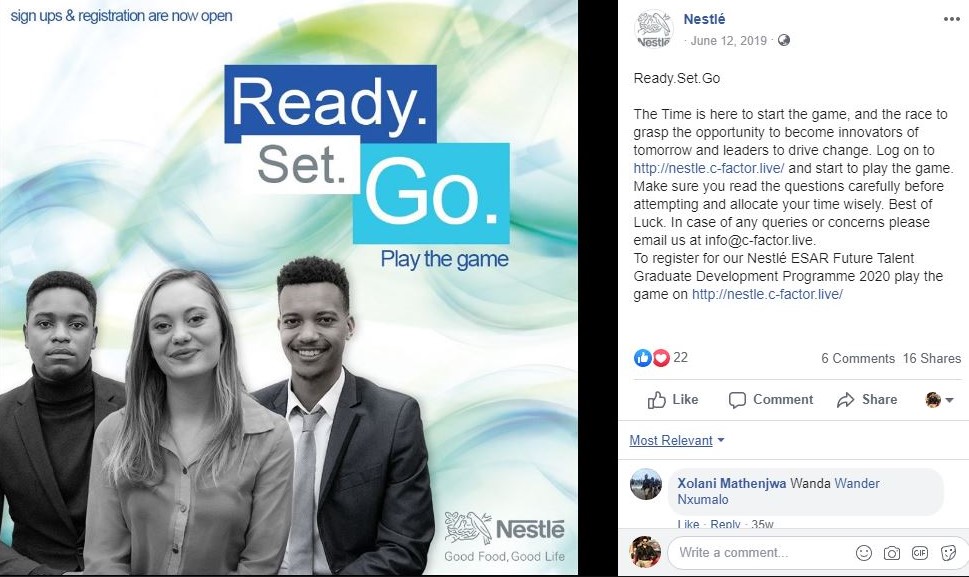
By harnessing the power of social media to recruit millennials, Nestlé ESAR not only managed to get 6,147 applications (candidate registrations) but also refine the candidate experience, killing two birds with one stone.
List of Candidate Experience Tools for Recruitment
Here’s a list of candidate experience tools you may consider.
· Job Aggregators
· Pre-employment Tests and Screening Assessments
· Applicant Tracking Systems
· Recruitment CRMs
· Video Interviewing Platforms
· Human Capital Management Software
How to Measure Candidate Experience

1) Ask the candidates
The simplest way to collect data for this metric is by asking candidates directly what they thought of the recruitment process. You may use surveys to ask for candidate experience feedback, which can be later used to work on the strengths and weaknesses of each stage of your hiring process.
2) Leverage review boards
Candidates can use digital tools, such as job board websites to social networking tools like LinkedIn, to post their hiring processes experiences. This gives you a significant idea of how the outside world will view their experiences. However, make sure you keep a critical eye on this data source as sometimes it doesn’t make much to have someone write a hostile review.
3) Search social media
Social media presents itself as an important resource for measuring candidate experience. Talent acquisition managers can monitor appropriate social media channels for potential candidate experience feedback and discover how others perceive their brand.
4) Use data analytics
Employers may utilize data analytics to measure candidate experience metrics. Recruitment metrics such as time-to-hire, offer acceptance rate, and click-to-apply ratio – all paint an accurate picture of the experience applicants had throughout the hiring process.
Conclusion
Boosting your candidate experience can be very challenging, especially if you’re dealing with hundreds and thousands of applicants or working with meager resources. With a little out-of-the-box thinking, however, you can leave a powerful impression on them.
